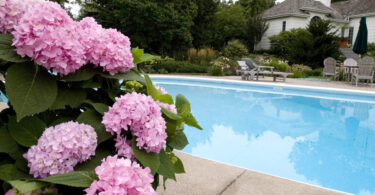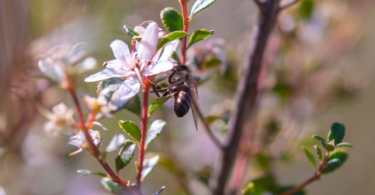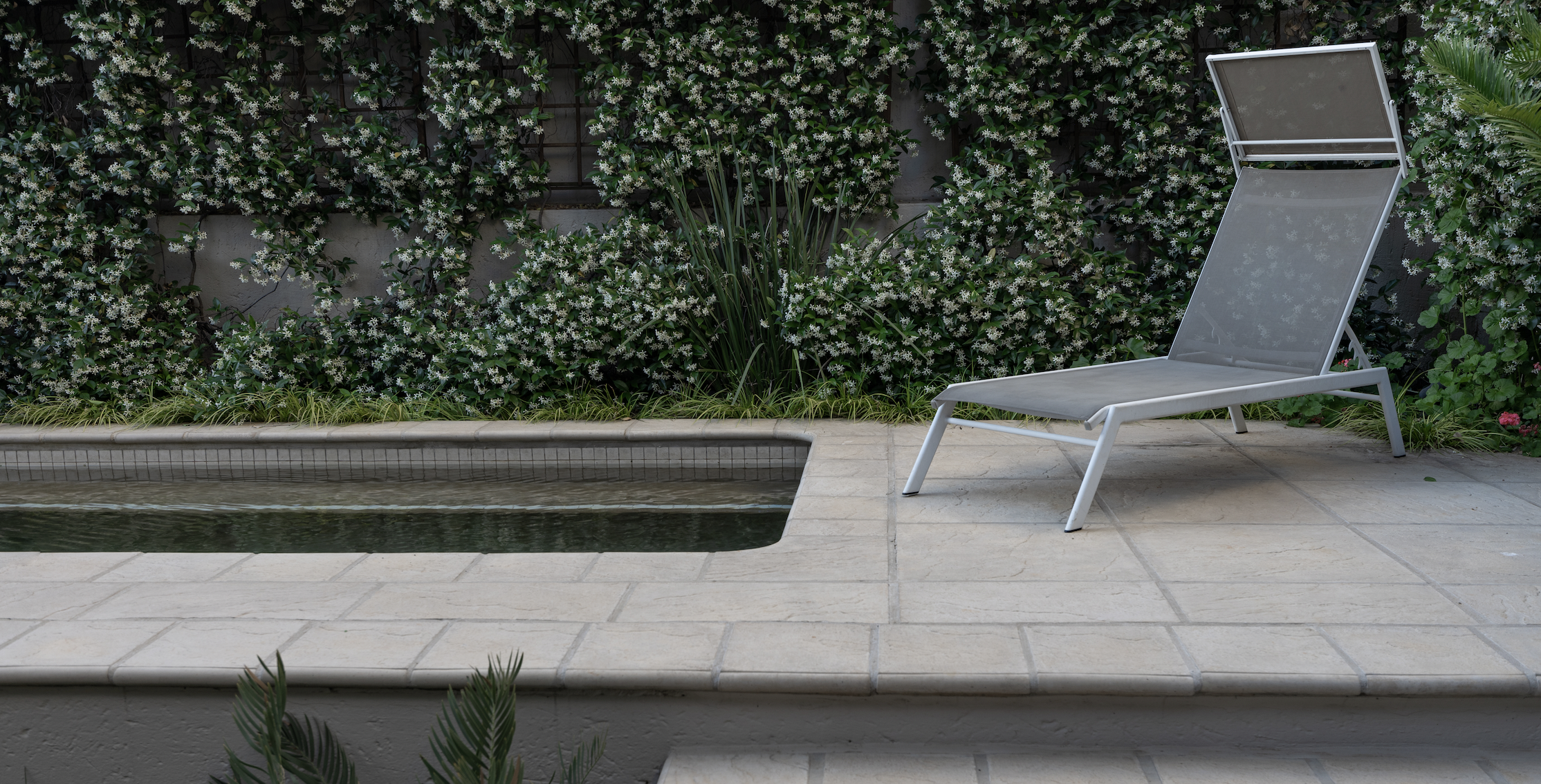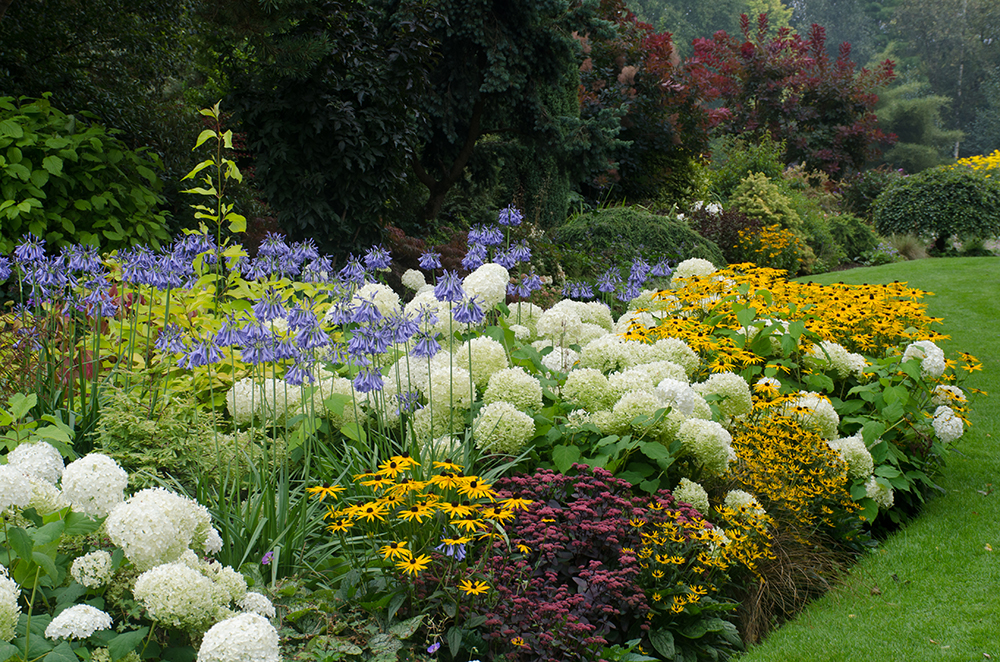A good planting scheme includes various shapes, sizes and colours – all working in harmony to create a coherent composition.

RHS Chelsea Flower Show 2017
Christopher Tunnard, an influential 20th-century designer, once wrote: “To plant is but a part of landscape composition; to coordinate is all.” When it comes to composition, bold and recessive shapes play an equally important role in creating a balanced look. While some plants are the stars of the garden, others serve as a supporting cast.
Architectural
Plants with spikes and spines make a sharp statement in the garden. Also known as form plants, their strong, bold, sword-like leaves and armoured appearance add definition and structure to your planting palette.
What to plant: Good form plants include Cynara cardunculus, phormium, encephalartos, haworthia, Blechnum gibbum, Dracaena aletriformis, Melianthus major, Kniphofia praecox and Strelitzia reginae.
Transparent
On the other end of the scale are subtle, recessive plants that plump out planting or link focal points. Wispy, decorative grasses are a perfect foil for architectural plants, and also bring movement and texture to the garden.
What to plant: Decorative grasses such as Eragrostis elliottii, Aristida junciformis, Muhlenbergia capillaris, pennisetum and miscanthus bear frothy masses of fine flowers and create hazy screens of semi-transparent interest.
Shapely
Any garden needs a good dose of shapely annuals and perennials. From tall and lanky to ground-hugging, annuals and perennials have distinct flower shapes that can be combined to create contrast and interest.
What to plant: Shapely annuals and perennials include helianthus, Bellis perennis, echinacea, helenium, rudbeckia, felicia, irises, delphiniums, foxgloves, lobelias.
TIP: Consider a mix of bell-shaped, funnel-shaped, trumpet-shaped, tubular, bowl-shaped, saucer-shaped, spherical and umbel-shaped blooms.
Trade secrets
When it comes to combining plant shapes, one of the greatest sources of inspiration must be the annual RHS Chelsea Flower Show, where landscapers have mastered the art of floral combinations. The key is to introduce layers of shape and texture, interspersed with pops of bright colour.
Additional information: Influential Gardeners: The Designers who Shaped 20th-century Garden Style, by Andrew Wilson












Leave a Comment